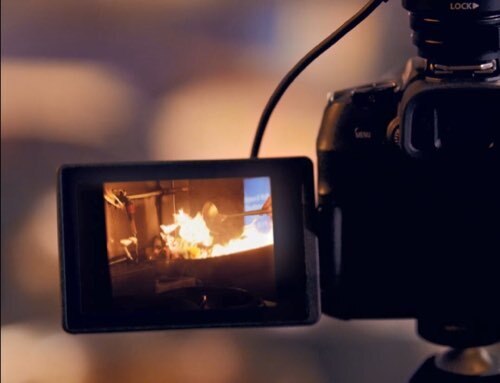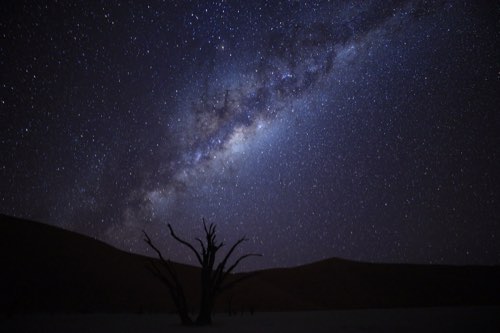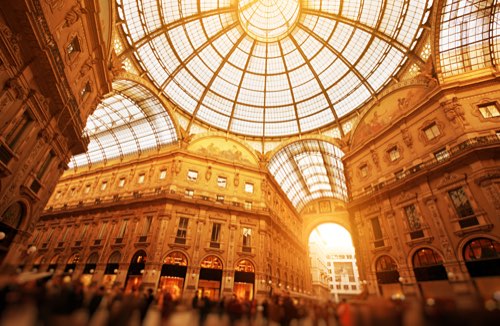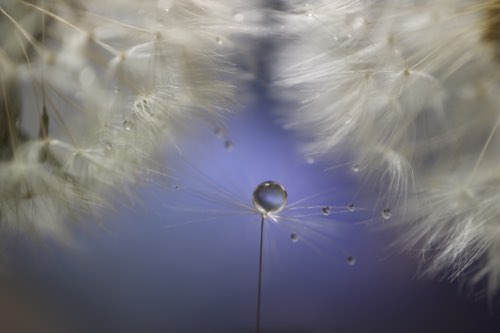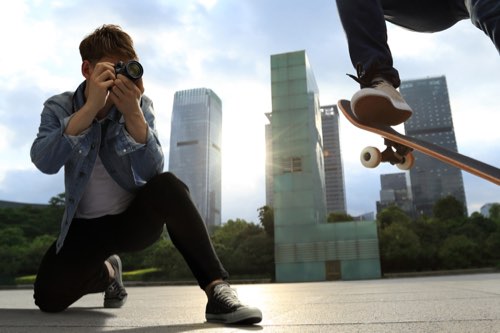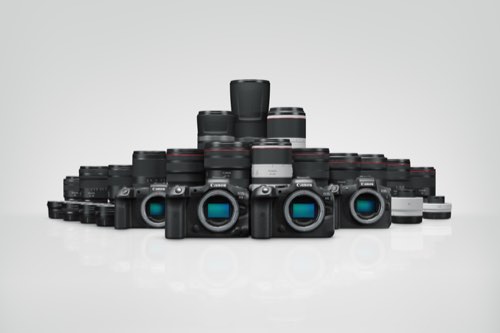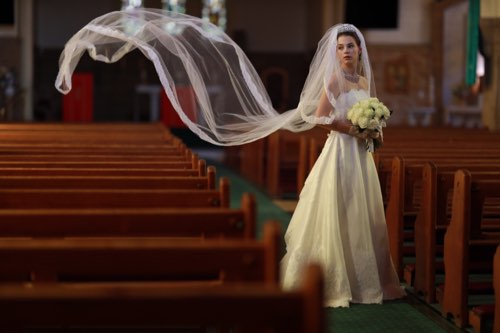Lens FAQ #10: Which Lens to Photograph Flowers With a Large Foreground Bokeh?
Flowers: When it comes to close-up photography, they are the favourite subject of many photographers. Here's how you can make your shot stand out by using foreground bokeh to create a dreamy, abstract effect. (Reported by: Shinichi Eguchi (Digital Camera Magazine))

EOS-1D X/ EF180mm f/3.5L Macro USM/ FL: 180mm/ Aperture-priority AE (f/3.5, 1/250 sec, EV+0.3)/ ISO 200/ WB: Daylight
I wanted to create a surreal, dreamlike atmosphere that made use of the bokeh at maximum aperture. To achieve that, I decided to draw attention to the swirling lines created by the petals.
Equipment: A 180mm macro lens for creamier bokeh
Macro lenses have a very shallow depth-of-field that can be used to produce great bokeh.
And among them, a longer lens such as the EF180mm f/3.5L Macro USM is capable of producing a larger, creamier bokeh effect than a shorter (standard or medium telephoto) macro lens, even if you are shooting from further away. It also produces a unique soft focus effect.
For the shot above, to take advantage of this soft focus effect as well as the maximum aperture bokeh, I created foreground bokeh from another flower that was in front of the main subject, a rose. The focus was placed on the edge of the petals of the main subject to make that part appear sharp.
Tip: The depth-of-field is extremely shallow when shooting with maximum aperture at the closest focusing distance. This can make it hard to achieve focus with AF, so you might want to try manual focusing instead.
Find out how to manual focus with macro lenses and more in:
Professional Composition Techniques (4): Using Special Lenses
Curious about macro lens and what they can do? Hop on to:
Uncover a Whole New World with Macro Lenses

EOS-1D X/ EF180mm f/3.5L Macro USM/ FL: 180mm/ Aperture-priority AE (f/3.5, 1/2000 sec)/ ISO 400/ WB: Manual
How to create foreground bokeh
You can create foreground bokeh using the petals of the flower that is your main subject, or apply the effect to another flower. In the shot above, the main subject consists of two California poppies in bloom that were lined up one in front of the other. The foreground bokeh was created from a flower in front of the main flowers.
You can use foreground bokeh to liven up portraits too. Learn how in:
How to Create Dreamy, Colourful Portraits with Foreground Bokeh
Shooting angle and composition: Diagonally from above to capture more details
Find the angle that works best for your subject. You may have to try out different angles until you find the perfect position.
For the shot of the rose, I knew that I wanted to have another flower in front that I could turn into foreground bokeh. This was one of my criteria when I surveyed possible angles for the shoot.
Positioning the lens slightly diagonally from above, at the same level as the main rose, brought out the most detail in the rose.
I then fine-tuned the image composition, paying careful attention to:
- How much the rose I used for foreground bokeh covered the main rose
- The degree of the bokeh effect
I achieved my ideal framing at closest focusing distance (48cm), which resulted of a life-size reproduction of the entire blossom in one frame.

Exposure: Use positive exposure compensation to keep colours bright and clear
If the flowers are brightly-coloured, using positive exposure compensation will help you to render the colours cleanly, clearly and faithfully. This is especially important for close-up macro shots such as this, which could easily turn out duller than expected because of the shadows cast by the lens over the subject.
For the shot of the pink rose, there were two things in particular that I wanted to emphasise:
1. A surreal, dream-like quality
2. The vivid colours deep inside the flower
These wouldn't be conveyed as well if the shot was too bright, so I kept exposure compensation at EV+0.3.
Tip: The longer closest focusing distance on a longer lens such as a 180mm lens lets you use the maximum magnification without being too close to the subject. This helps to reduce the shadow cast by the lens on the subject, or even prevent it altogether.
Need more ideas on how you can turn close-up shots of nature into abstract photography? Check out:
Abstract Photography: Turning to Nature for Props
Here's another effect that you can achieve with flowers and a 180mm macro lens:
Photographing Flowers: How to Create Brilliant Bokeh Circle Spotlights with a Macro Lens
Receive the latest update on photography news, tips and tricks.
Be part of the SNAPSHOT Community.
Sign Up Now!About the Author
A monthly magazine that believes that enjoyment of photography will increase the more one learns about camera functions. It delivers news on the latest cameras and features and regularly introduces various photography techniques.
Published by Impress Corporation








